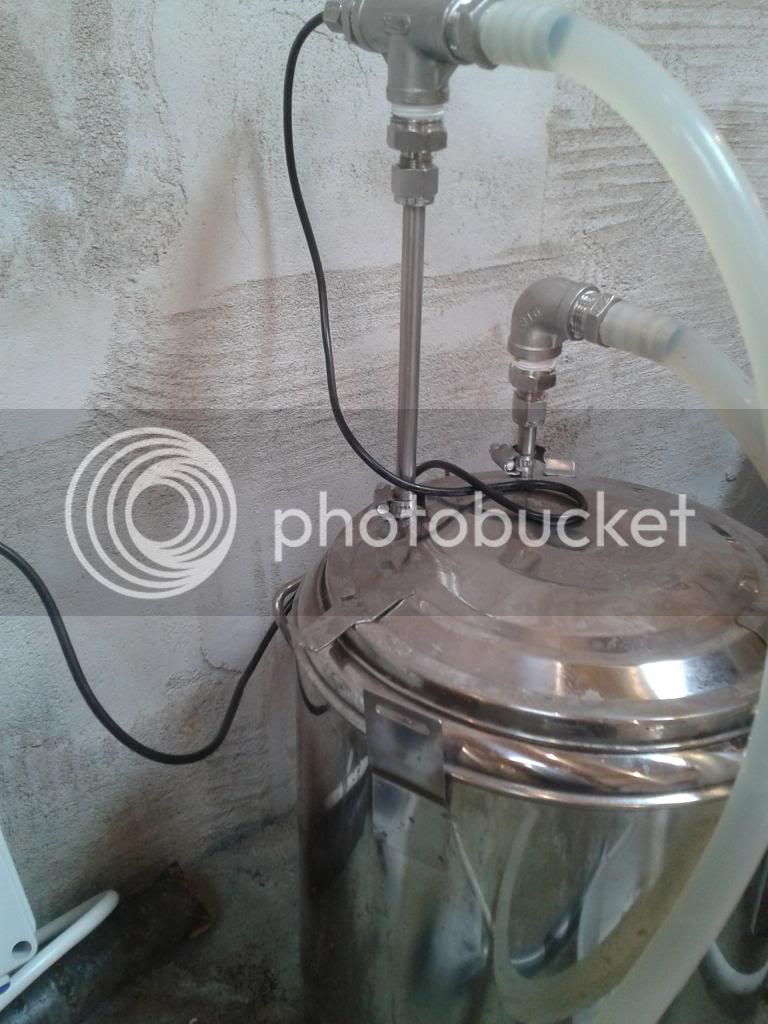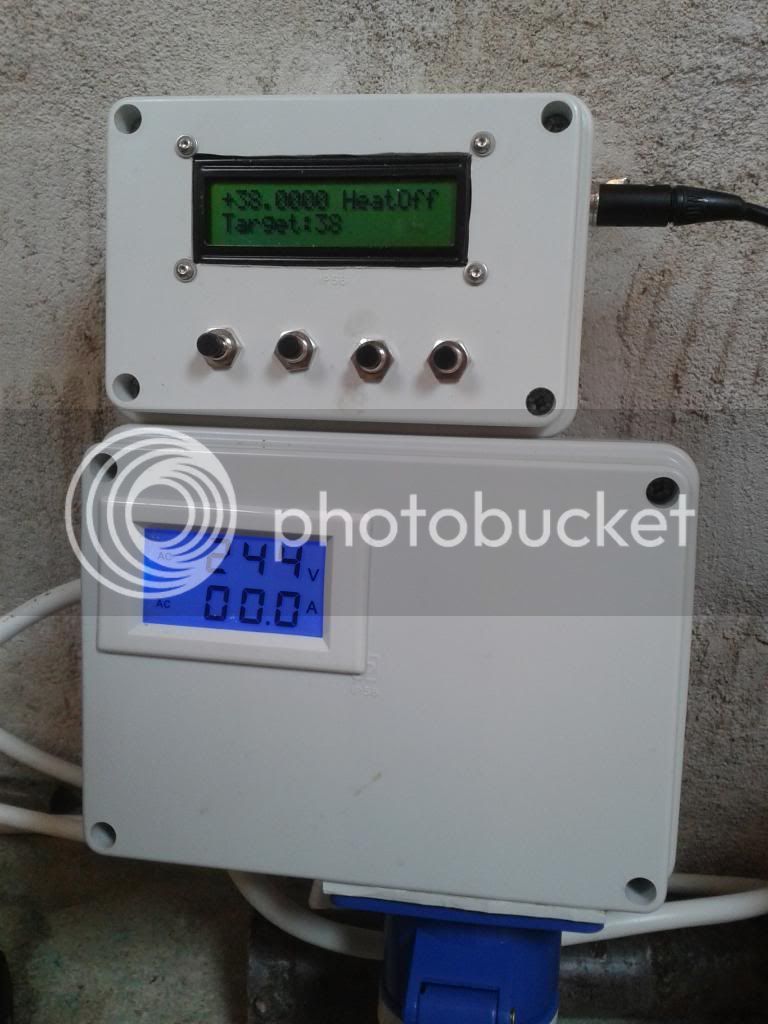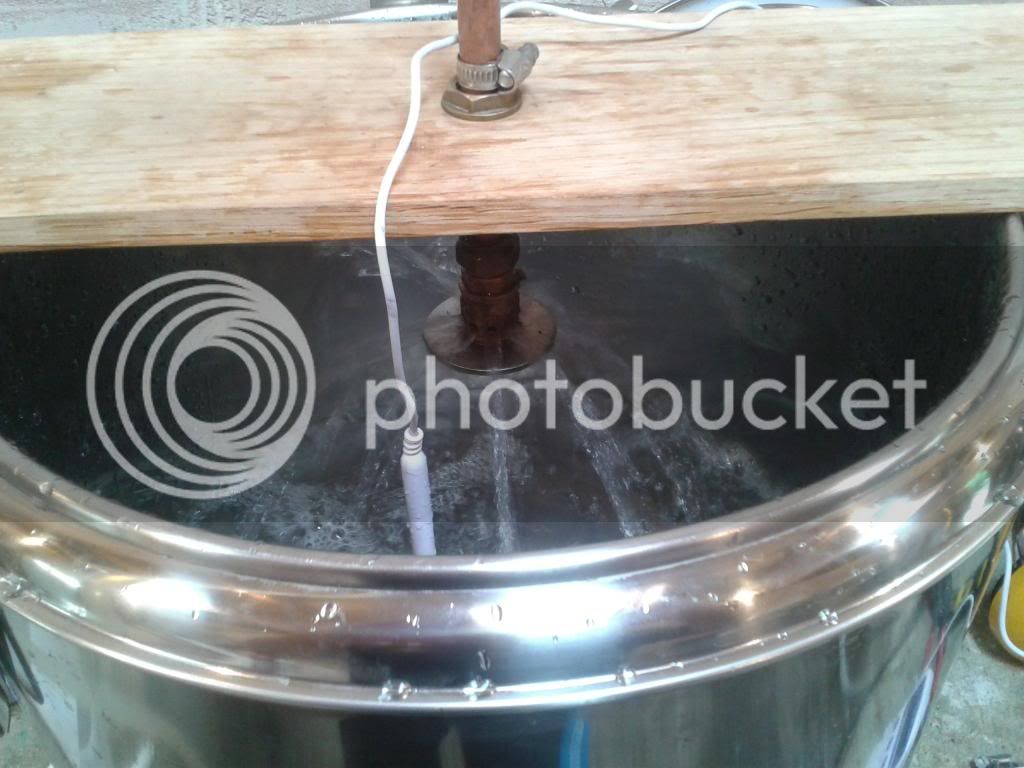I agree with you - an overshoot of a degree or two, for a few minutes, doesn't make much different to the mash. In real use I've found it doesn't overshoot at all, and that is with a simple on/off thermostat algorithm, not a PID algorithm.
In my initial experiments I was shifting a volume of water from 20 degrees to 40 degrees (for example), and the system builds up thermal inertia and overshoots by a few degrees (again, this is with the simple thermostat operation).
Now that I've used it with real brews, I've found it to be quite accurate. This is because when you mash-in, you are already very close to your target temperature. So when I activate the HERMs recirculation, it takes a few minutes for everything to stabilise and then it is already "in the groove". In this state, there is at most 0.12 degrees of overshoot after the element is switched off, and less than 0.1 degrees of undershoot after the element is switch on - so a variation of less than 0.25 degrees (this is all measured at the wort egress from the heat exchanger). The temperature probe I have in the mash-tun doesn't vary at all - not even 0.1 from target.
So I'm in no hurry to implement the PID algorithm, although it is still on my list of things to do. I still think it'll be important when it comes to doing step mashes with the HERMs.
I'm tinkering too - fun, isn't it? :) If you're already making great beer, then HERMs won't make it any better. It might make it more consistent, and if you use a lot of specialised European grains, it may make step mashing a lot easier.
Having said that though, I'm sold on it. Despite taking a fair bit of tinkering to get to this point, now that it is operational, I feel it has simplified and stream-lined my brew day. I don't worry about pre-heating the mash-tun, or mucking around to get my initial mash-temperature right (and then finding there was a hot/cold spot and the temperature has shifted). I under-let, switch it on, and go and do something else for 90 minutes. Unlike other "improvements" I've tried, it hasn't added hassle or complexity, rather, it has done the opposite. It also fits in with my cleaning/sterilising program (I just plumb it in-line when I'm cleaning out the pump).
The wife used if for a brew for the 1st time last week, and her comments were along the same time - it made things simpler and smoother.
In other areas, wort-chilling for example, I've tried to improve things by adding complexity, and then just gone back to the simpler life. I don't see that happening with HERMs...
I'm still getting to grips with it of course, my brew yesterday didn't go according to plan... but that's a different story :)















 :lol:
:lol: